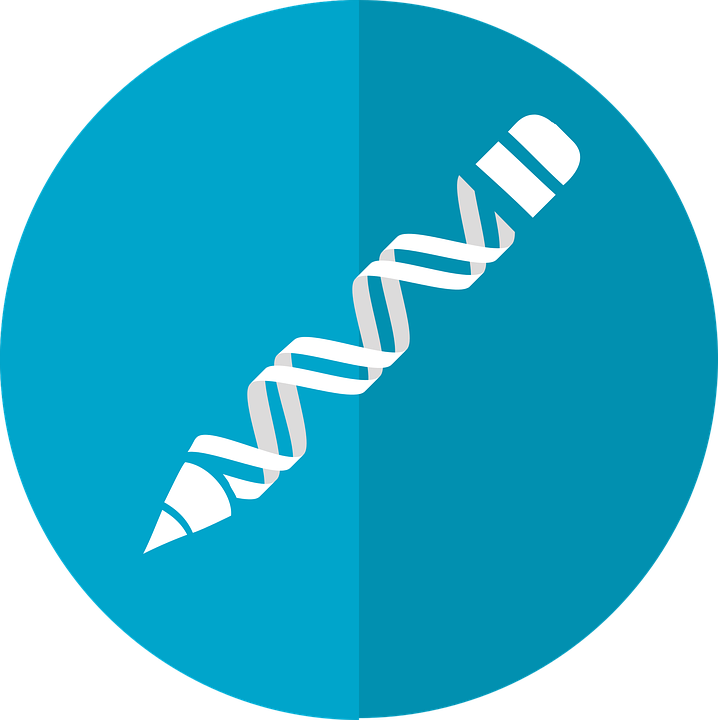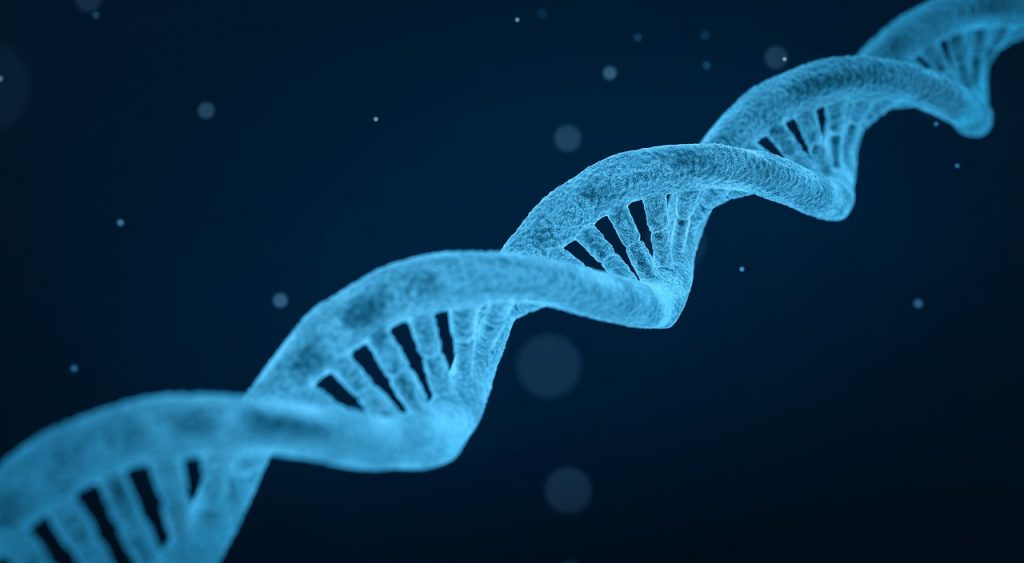CRISPR Gene Editing: A Game-Changing Revolution

For years, people have been told that some adverse human conditions came about because of their own genes. This means, originally, that a person suffering from an inherited disease will suffer from that disease for the rest of his life, with a probability of passing on that disease to his or her own offspring. Being told that you have one sounds like a death sentence, and for years scientists have tried to develop the technology to cure such maladies. This led to the development of “gene-editing.” Gene editing is the process by which people can edit their genes.
The technology that is considered as the crown jewel of gene editing today came about when scientists discovered how bacteria fight off viruses. Bacteria and viruses have been waging their own wars when not busy infecting humans, and scientists have learned a lot from observing bacteria and viruses fighting off each other. For example, the technology using bacteriophages, a family of viruses that attacks different specific bacteria, was announced and is being studied. In this instance, however, we are learning by observing how bacteria are fighting off invading viruses.
CRISPR

Inside the bacteria is a unique antivirus defence mechanism known as CRISPR/Cas9. CRISPR or Clustered Regularly Interspaced Short Palindromic Repeats are a group of DNA that came from viruses that were left inside the bacteria after a previous infection. The bacteria keep these pieces of DNA so they can defend themselves should the same type of virus attacks again. As you can see, there are parallels between how their defence system works with how our immune system works: We get attacked, and if we survive we get to keep the data about the previous attacker and use that knowledge when they attack again. The Cas9, or CRISPR-associated protein 9, is an enzyme that is paired with the CRISPR. When a virus attacks and the bacteria have a DNA record of that virus in the CRISPR, the Cas9 will attack and cut the genes of the virus that was injected into the bacteria, rendering the viral gene useless.
The trail of thought goes like this: if we can provide the Cas9 a sequence of genes that are harmful to humans, the Cas9 can be guided to cut off those sequences from the genes. People can then either wait for the cell to repair the gene or inject a different DNA strand that can give the gene a more desirable trait.
What Are They Doing With It?
The experiments with this technology have been happening since 2012 and China became the world leader when their scientists successfully developed the first babies with their genes edited using CRISPR/Cas9. They used the technology to delete a gene called CCR5 from twin embryos that were born last year. The babies, Lulu and Nana, were originally going to be used to see if they can become immune to HIV and CCR5 is used by HIV to enter human cells. The deletion of CCR5 should prevent them from getting infected. But there were studies that people missing CCR5 also recovered from stroke faster and are smarter than most people. This made quite a buzz in the international community, and people will be observing the twins to see if they’ll become geniuses in the future.
Conclusion

Scientists all over the world are currently also at odds if they should pursue further development in gene editing on embryos. Those who are not for it claim that the technology is still too early in its stages and it is very cruel to the embryos whose genes are edited if they were born with fatally flawed genes. Those for it claim that the technology is too helpful to pass up because it could lead to cures against genetically-related diseases, like HIV. The biggest concern was that this could lead to the development of technology that leads to the birth of designer babies, babies that are born with superior intellect and other advantageous traits. This, scientists argue, can have a bigger impact on society and may lead to humanity being divided between the genetically elite and the genetic commoners.